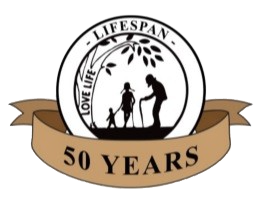The Dangers of Legalization The First Five Years in Oregon National studies show that among patients requesting assisted suicide, depression is the only factor that significantly predicts the request for death. Sixty-seven percent of suicides are because of psychiatric depression. By Oregon’s fifth year, only 13% of suicide victims received psychiatric counseling. Social isolation and concerns about loss of autonomy and control over bodily function were the causes of assisted suicide. Did patients receive adequate information on alternative palliative care? Were concerns about loss of autonomy and other fears adequately addressed? Was the assisted suicide truly the patient’s “last resort”? Oregon’s safeguards are illusory. Assisted suicide has spread beyond the type of people it supposedly was reserved for. A shroud of secrecy encompasses the reporting process of assisted suicide. The Netherlands – Euthanasia has expanded to infants, the depressed, and the chronically ill. – Children as young as 12 with parental consent and those as young as 16 with parental notification can access euthanasia. – The percentage of deaths from euthanasia has continued to increase. – Eighty-percent of euthanasia deaths are not requested by the patient. – Virtually every guideline set up by the Dutch…has failed to protect patients or has been modified or violated. -Excerpts from Oregon Right to Life
Opponents of assisted suicide are concerned about the many abuses that could occur if it is legalized. On November 8, 1994, Oregon became the first government in the world to legalize physician-assisted suicide. Oregon’s experience proves that once assisted suicide is legalized, it becomes, essentially, death on demand. In addition to the many dangerous effects that opponents and judges feel it would have on society’s attitudes towards suicide, they are concerned about the power and pressures placed on physicians, protecting vulnerable groups and the health care cost containment.
The Oregon Health Division issues a yearly summary of assisted suicide using information derived from prescribing doctors. No supporting documentation or independent evaluation is provided to determine the assisted suicide was performed in accordance with the law. All information if forbidden to inspection.
In April 2001, the Netherlands legalized physician assisted suicide and euthanasia. Legalized euthanasia operates under the pre-existing guidelines by which “unofficial” euthanasia and physician assisted suicide had operated for many years. In the Netherlands:
Assisted Suicide Brochure ’03 & 5th Annual report Oregon Dept of Human Services.
